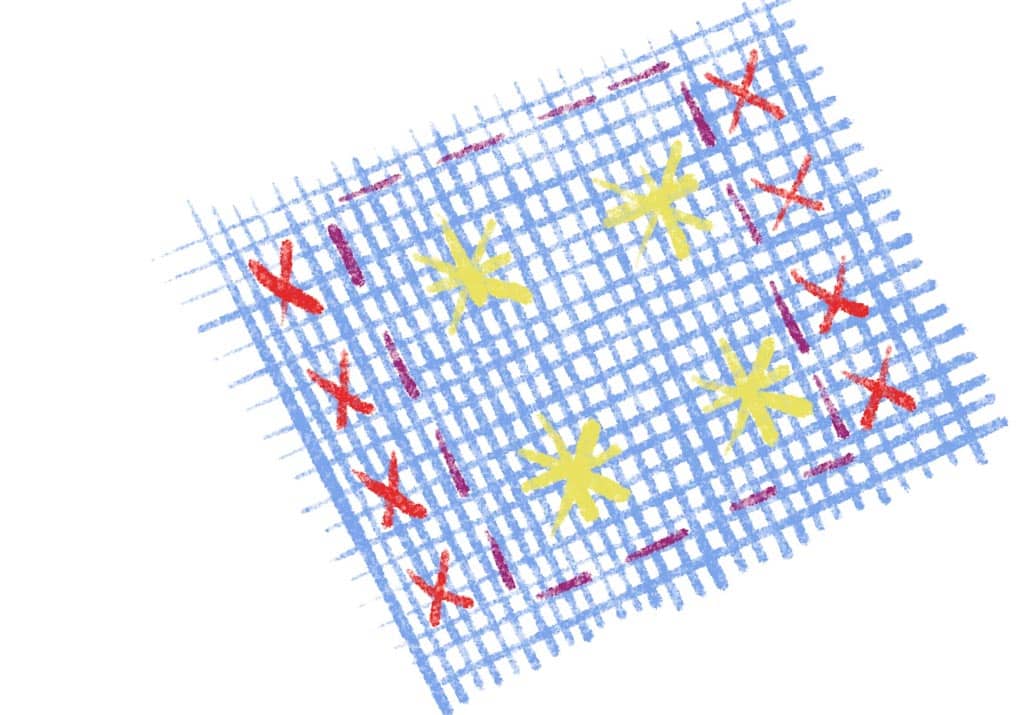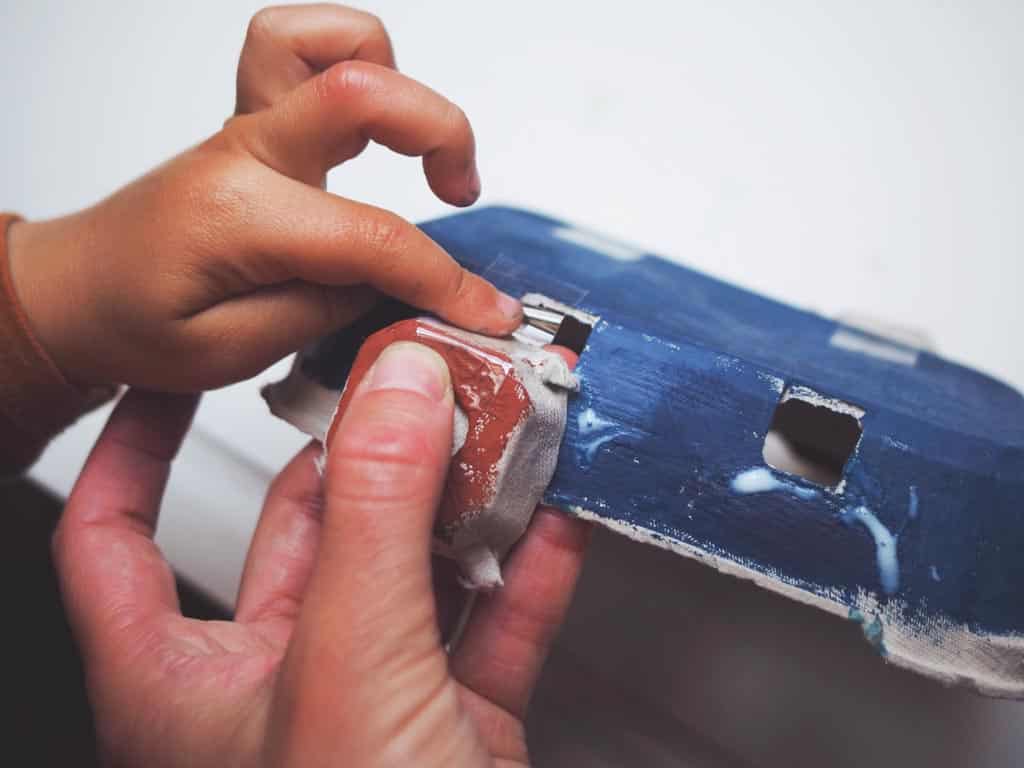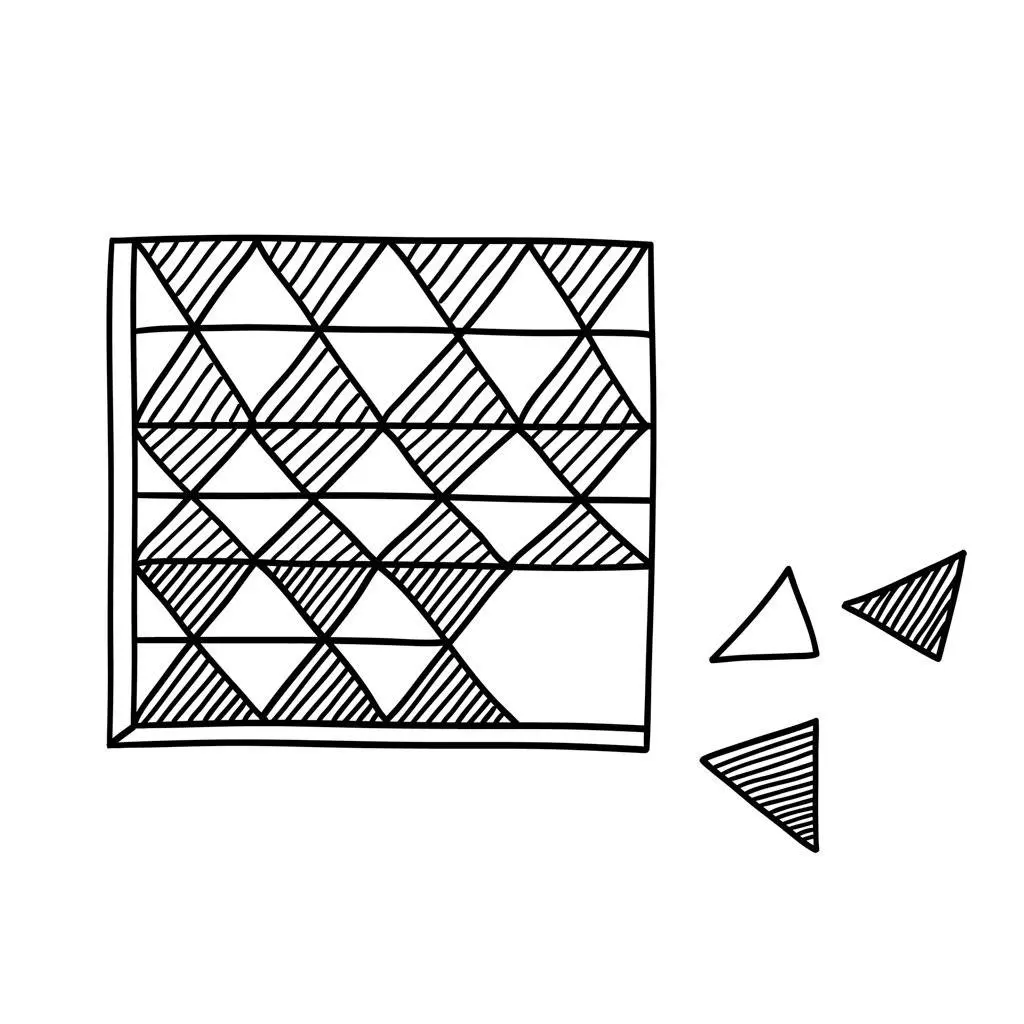Embroidery for preschoolers sounds like a… challenge?
Yes, it is.
But it is also deeply satisfying and rewarding. And the fine motor benefits are huge.
Your child began this needlework adventure with stacking rings as a baby. Putting the ring over the post is harder than it looks!
The toddler years soon followed, with simple threading activities using wooden needles and dowels.
But at some point the fun faded. What next? Is that all there is to threading?
No. In fact, the fun is only just beginning. A lifetime of embroidery awaits.
It’s not easy for the under 5s but it can be done if you follow a few simple guidelines.
And the result is a new skill almost magical in its application and versatility.
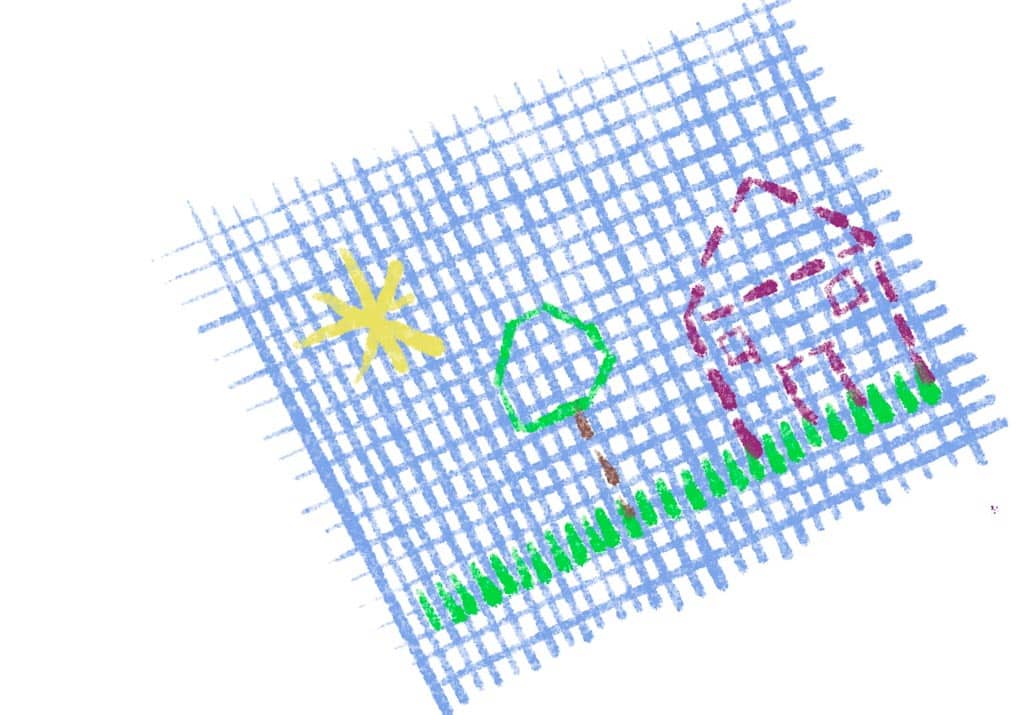
At What Age Can Children Learn to Embroider?
Children can begin to embroider as young as three or four, as long as the children can hold and manipulate the needle and embroidery hoop with sufficient grip and control.
However, don’t expect elegant creations at this age. Holding and threading the needle are achievements in themselves. Instead, treat making stitches like you would mark-making activities: celebrate the process not the final result . As your child progresses with control and concentration, you can introduce different stitches. In no time, she will begin to make her own patterns and eventually produce pictures.
Ultimately, age matters less than the ability to concentrate and manipulate the needle. Some children get there sooner but that’s OK.
The benefits of embroidery for children
- Refining fine motor control helps with all kinds of everyday activities, such as getting dressed, brushing teeth, and writing.
- Embroidery for children improves their hand-eye coordination and concentration.
- Children have a creative outlet with embroidery.
What is the Difference Between Sewing and Embroidery?
Sewing refers to stitching the structure of something, such as a garment, pillow, or even a simple ornament. You want to hide the stitching so that the structure becomes the point of admiration, not the stitches.
However, embroidery for children refers to creating the finishing touch for an item. While embroidery still uses stitching, the stitches don’t make a structure. Instead, embroidery creates a design. Whether a picture or a pattern, children embroider designs to be seen and admired.
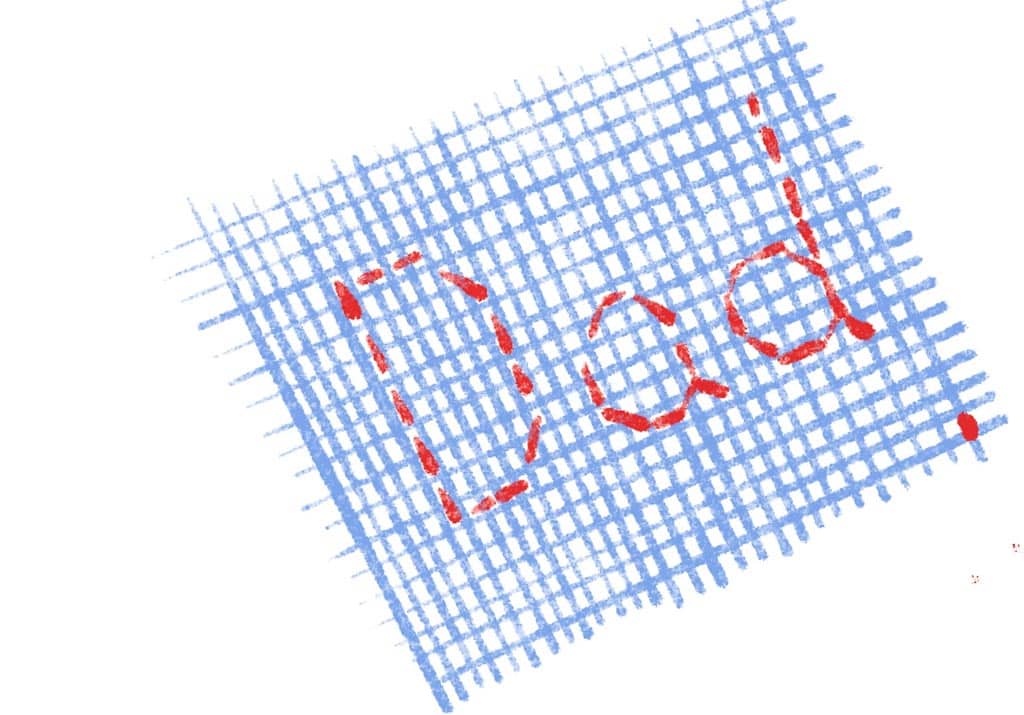
Do I Need Any Special Equipment for Embroidery?
Embroidery for children employs the skill of adding raised patterns and designs on cloth for a decorative effect. As a preschooler, you don’t need high-end craft supplies to begin the art of embroidery. A simple hoop, a needle, yarn or string, and some cloth can get one started with embroidery for children.
Because embroidered material should be seen and admired, children advancing with their skills may enjoy using other craft materials as part of their embroidery projects. Pony beads that can thread through yarn or smaller beads that can thread through a thinner string can be excellent additions to the craft. Scraps of felt or fabric cut into shapes or free form can be stitched as layers on top of the main fabric to add even more dimension.
Are you ready for school?
Do you have a preschooler? Would you like them to develop some key skills before starting school? How wonderful to go into school on that first day feeling like you belong.
Get Set Five is a year-long course full of fun and free activities to do with your child.
What’s the Best Way to Start?
Modeling a simple stitch while allowing freedom and autonomy makes an excellent start for embroidery with children. When you begin this craft, follow these tips:
- Thread the needle and tape the string or yarn to the needle to make passing it through the fabric easier for young children.
- Secure the fabric in the embroidery hoop and trim the edges so their yarn or string doesn’t get caught as they make stitches.
- Tie a large knot on the back for eager pullers.
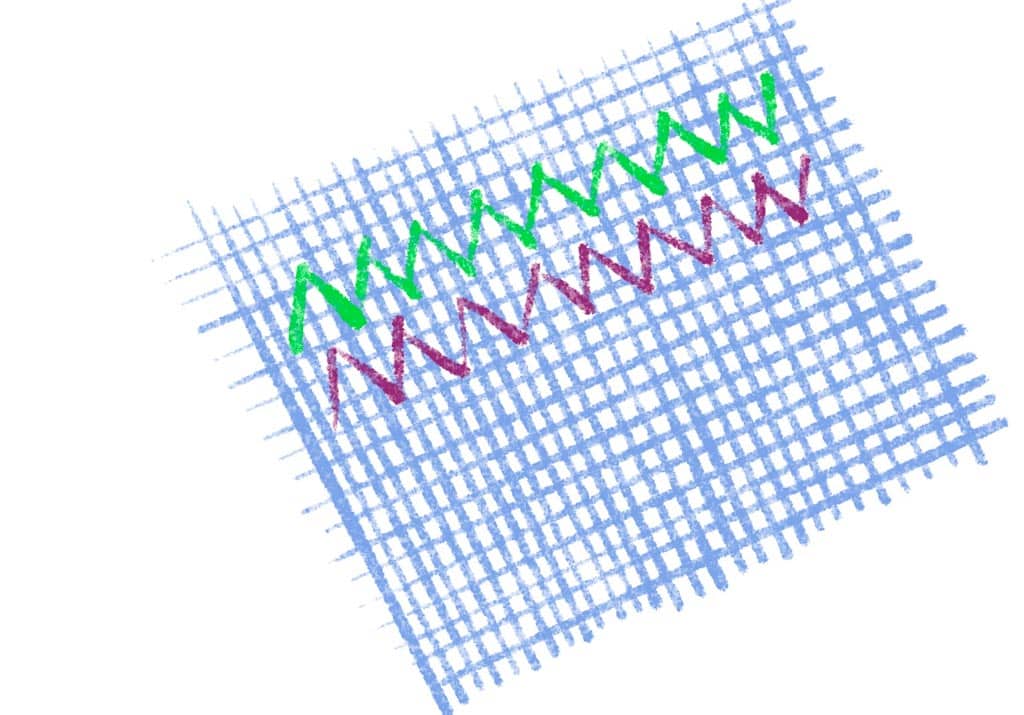
What Are Binca and Aida?
Embroidery craft cloth goes by different names. Some may call the cloth “embroidery cloth” or “cross-stitch cloth,” but you may also find it by their trade names, binca and aida. Binca and aida cloth refer to open-weave cloths composed of groups of threads instead of single threads. The result means you have open spaces to pass a needle through.
While binca can be found in stores in the UK and aida in the US, both can easily be found online. When shopping for cloth, you will see a number (e.g. aida 14), which refers to stitches per inch. So the smaller the size, the larger the weave. If you need something even larger or more economical, you can begin with burlap.
Should I Start With a Plastic Needle?
Large plastic needles with large eyes make an excellent tool when starting embroidery with children. Large-eyed needles allow a thick yarn to be threaded or multiple strings of embroidery floss for a chunkier look. However, plastic needles break easier than metal ones.
If children have had plenty of experience threading objects with plastic needles, they can use large, metal threading needles. These needles appear much like plastic threading needles, except they are made from metal. For those afraid of getting poked, plastic and metal threading needles could poke someone. Remember that neither of these needles has the sharpness of sewing needles or small embroidery needles.
Do Children Need an Embroidery Hoop?
While you could certainly begin embroidery with children by simply holding the cloth, a hoop allows some tension, making embroidery much easier to try. The tension helps not only hold the cloth taut and in place but helps keep folds from getting in the way of stitches. Additionally, hoops give a finished look to any project by becoming a natural frame for the craft piece.
Final Word
Embroidery for children gives them a chance to use skills foundational for everyday activities. Encouraging your preschoolers to use their embroidery hoops often to make unique creations fosters independent, open-ended play that builds cognitive and fine motor skills necessary for success in school and life.

